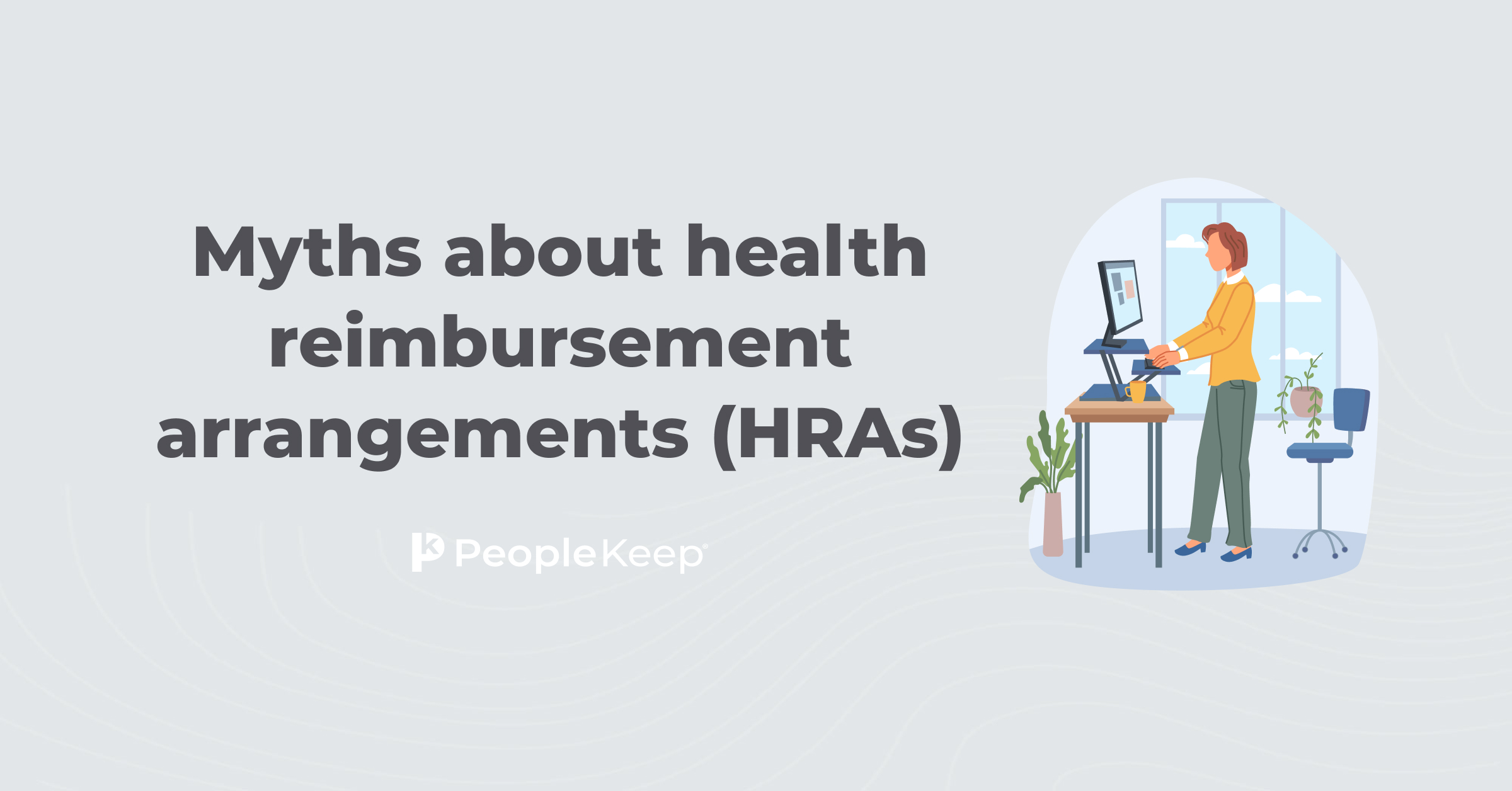How to calculate modified adjusted gross income (MAGI)
By Elizabeth Walker on January 5, 2024 at 4:01 AM
The Affordable Care Act (ACA) created premium tax credits to help eligible individuals and families purchase affordable individual health insurance coverage through the Health Insurance Marketplace.
Due to the American Rescue Plan and Inflation Reduction Act, the federal government extended these tax credits to more Americans. No American will pay more than 8.5% of their household income for a benchmark silver plan through 2025. Your “household income” isn’t just what your household makes in a year—it’s based on your modified adjusted gross income (MAGI).
Knowing your MAGI is important for many things, such as determining eligibility for tax credits or Medicaid. So how do you figure out what your MAGI is? In this article, we’ll go over what MAGI means and how you can calculate yours.
What is modified adjusted gross income?
In short, your MAGI is your adjusted gross income (AGI) with any tax-exempt interest income and certain deductions added back in. The federal government uses your MAGI in many ways to determine if you’re eligible for certain tax deductions and credits, like student loan interest deductions and the Child Tax Credit.
Your MAGI determines whether or not you:
- Can contribute to a Roth individual retirement account (IRA)
- To contribute, your MAGI must be under the threshold set by the IRS. If you’re under the threshold, your contribution limit is also determined by your MAGI.
- Can deduct your traditional IRA contributions if you or your spouse have an employer-sponsored retirement plan, like a 401(k)
- Are eligible for income-based Medicaid coverage
- Qualify for health insurance subsidies, like premium tax credits, which reduce your health insurance expenses if you buy a qualified plan through the federal Health Insurance Marketplace or a state-based exchange
- If your employer is offering a health reimbursement arrangement (HRA), there are special rules you need to follow to coordinate your premium tax credit with your HRA allowance compliantly
- Premium tax credits can be coordinated with the qualified small employer HRA (QSEHRA), but you must reduce your tax credit by your QSEHRA allowance, as well as report your QSEHRA allowance amount to avoid tax penalties.
- Premium tax credits can’t be coordinated with an individual coverage HRA (ICHRA): If your employer offers you an ICHRA allowance that allows you to purchase an affordable qualified plan, you lose your premium tax credits—even if you opt out of the ICHRA
If your MAGI is above the income threshold set by the IRS for these credits or tax deductions, you won’t be able to qualify for them.
How do I calculate my modified adjusted gross income?
Calculating your MAGI is important in determining if you qualify for a premium tax credit and other tax deductions.
Here's a quick overview of how to calculate your modified adjusted gross income:
- Step 1: Calculate your gross income
- Step 2: Calculate your adjusted gross income
- Step 3: Calculate your modified adjusted gross income
Let’s go over each step in more detail.
Step 1: Calculate your gross income
Your gross income (GI) is the simplest form of income. It includes all the money you earned without any tax deductions figured into the total amount.
Your GI can come from a lot of places, including taxable income you earned through:
- Wages, tips, and salary
- Dividends
- Rental income
- Royalty income
- Capital gains
- Business income
- Farm income
- Unemployment benefits
- Alimony received from divorce agreements
- Interest
- Retirement distributions
- Investment income
Rather than doing the math yourself, you can find your GI on line 7b of IRS Form 1040 (your annual tax return). Your GI will be the basis for your adjusted gross income (AGI) calculation, which we’ll cover in the next section.
Step 2: Calculate your adjusted gross income
Once you have gross income, you "adjust" it to calculate your adjusted gross income (AGI) by subtracting qualified deductions from your gross income.
Your AGI is the total taxable income before any stand, or itemized deductions or exemptions are made, and determines your eligibility for certain tax credits like:
- The child and dependent care credit
- Credits for the elderly or permanently disabled
- The adoption tax credit
- The Child Tax Credit
- The American Opportunity & Lifetime Learning tax credits
- The Earned Income Tax Credit
Adjustments can include items like:
- Certain business expenses for gig performers, reservists, and contracted government employees
- IRA contributions
- You can contribute to a traditional IRA regardless of your household income. But if you exceed your contribution limit and don’t remove the extra funds, you’ll be subject to an annual 6% tax penalty until the extra money is withdrawn.
- You can usually deduct the annual amount you contributed to your IRA. However, your deductions will be limited if your MAGI exceeds the IRS limit and an employer-sponsored retirement plan covers you or your spouse.
- Health savings account (HSA) contributions
- Health insurance premiums (for self-employed individuals)
- Half of any self-employment tax payments
- Moving expenses
- Alimony payments
- Educator expenses
- Penalty for early savings withdrawals
- Tuition and fees deductions
- Student loan interest deductions
Many deductions become ineligible if you have an AGI above a certain threshold, total itemized deductions, mortgage insurance premiums, and charitable contributions.
Your MAGI is not included on your federal income tax return, but you can also find your AGI on line 11 of IRS form 1040. If you still need extra help with the adjustments, you can work with a tax professional to ensure you’ve done the calculations correctly.
Step 3. Calculate your modified adjusted gross income
Now that you’ve figured out your AGI, you’re ready to calculate your modified adjusted gross income. The IRS phases out credits and allowable deductions as your income increases. So by adding these factors back to your AGI, the IRS determines how much you really earned, giving you your MAGI.
You should add the following to your AGI to determine your MAGI:
- Student loan interest deduction
- One-half of your self-employment tax
- Qualified education expenses, including deductions for tuition and fees
- Passive income or losses
- Rental losses or losses from a publicly traded partnership
- Retirement plan contributions
- Non-taxable Social Security benefit payments
- Certain income exclusion items, like U.S. savings bonds income, foreign-earned income, foreign housing deductions, and adoption expense exclusions
If this looks confusing, don’t worry! The good news is that most people don’t have any of the income described above, so your MAGI will likely be the same as your AGI.
Conclusion
Your MAGI plays an important role when filing taxes because it determines what you owe the IRS and what tax benefits you’re eligible to receive. Even better, once you know your MAGI, you can shop the Marketplace or your state exchange for your own health insurance plan and begin getting coverage for medical services.
These sites will simply ask for your MAGI and household size and then calculate any tax credits you may qualify for. By following the steps in this article, you’ll have everything you need to know about your income and how it influences your health insurance premiums.
This article was originally published on September 20, 2021. It was last updated on January 5, 2024.
Check out more resources
See these related articles

Minimum contribution requirements: Group health insurance vs. HRAs
Confused about employer contribution rules for health insurance and HRAs? This article breaks down the minimum requirements to help you navigate your options.

Myths about health reimbursement arrangements (HRAs)
Learn the truth about health reimbursement arrangements (HRAs) with this informative guide. Bust the myths and understand how HRAs can benefit you.

Health insurance options for the self-employed
This article breaks down the various health insurance plans and options for the self-employed so you can make the best decision for your health and finances.



